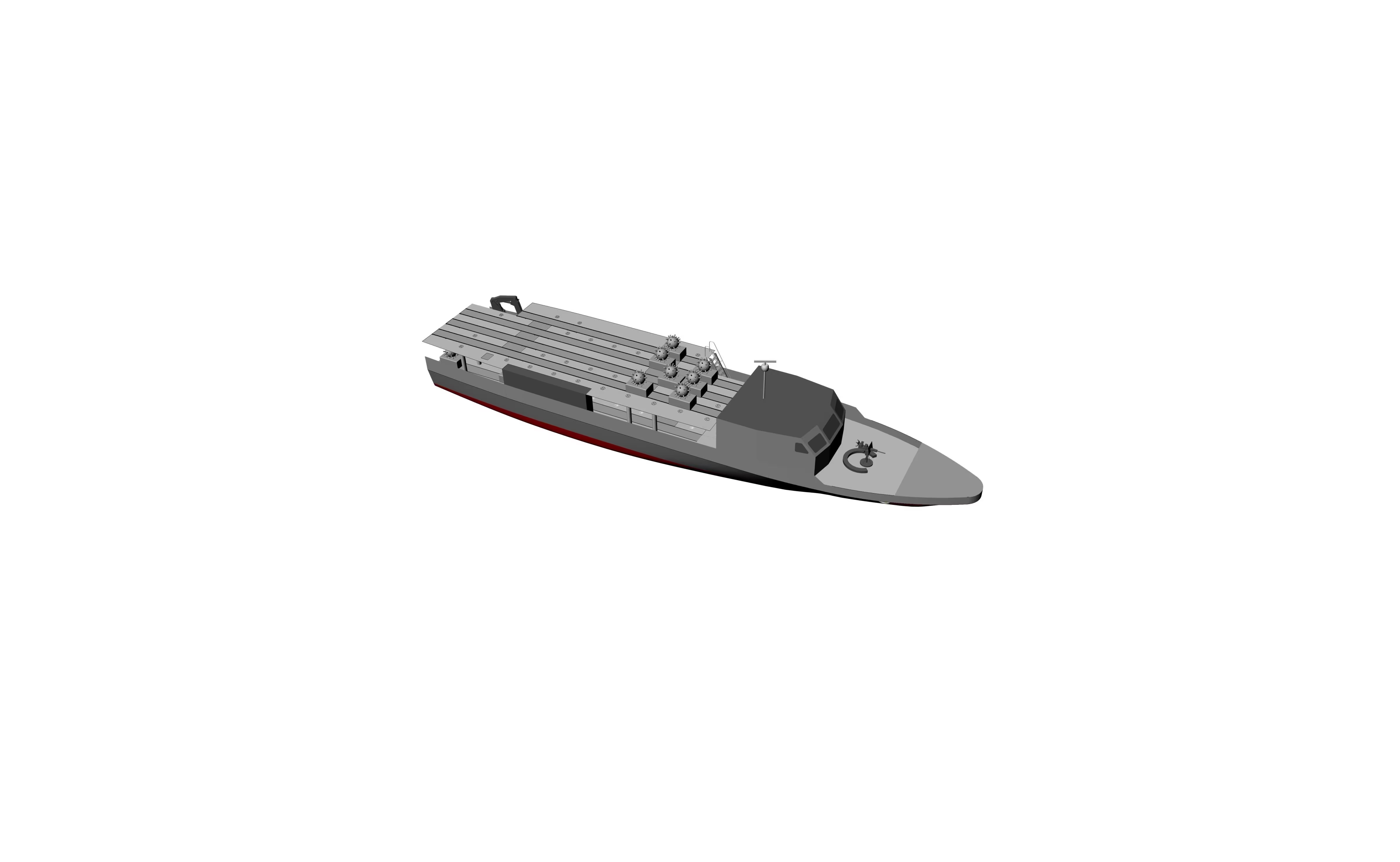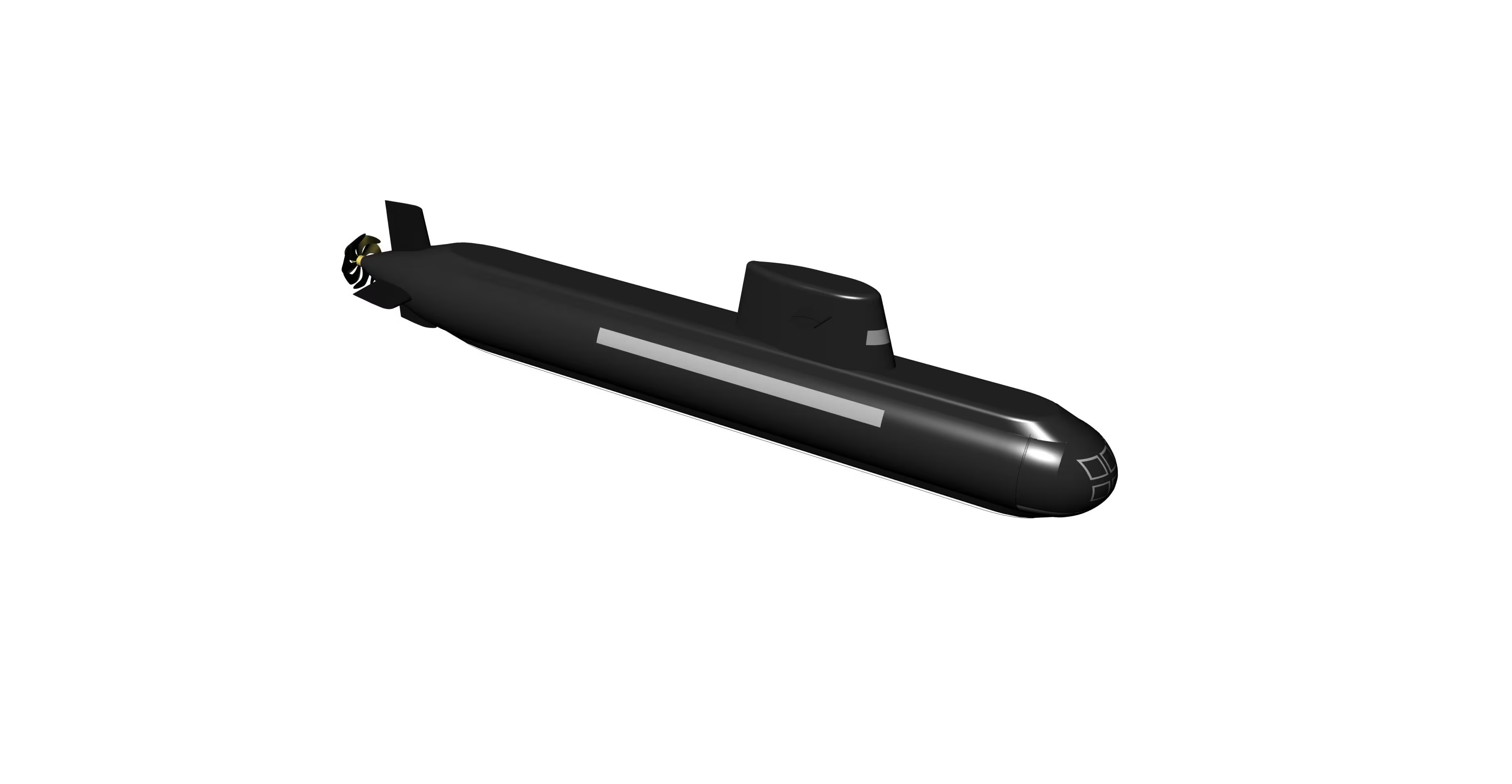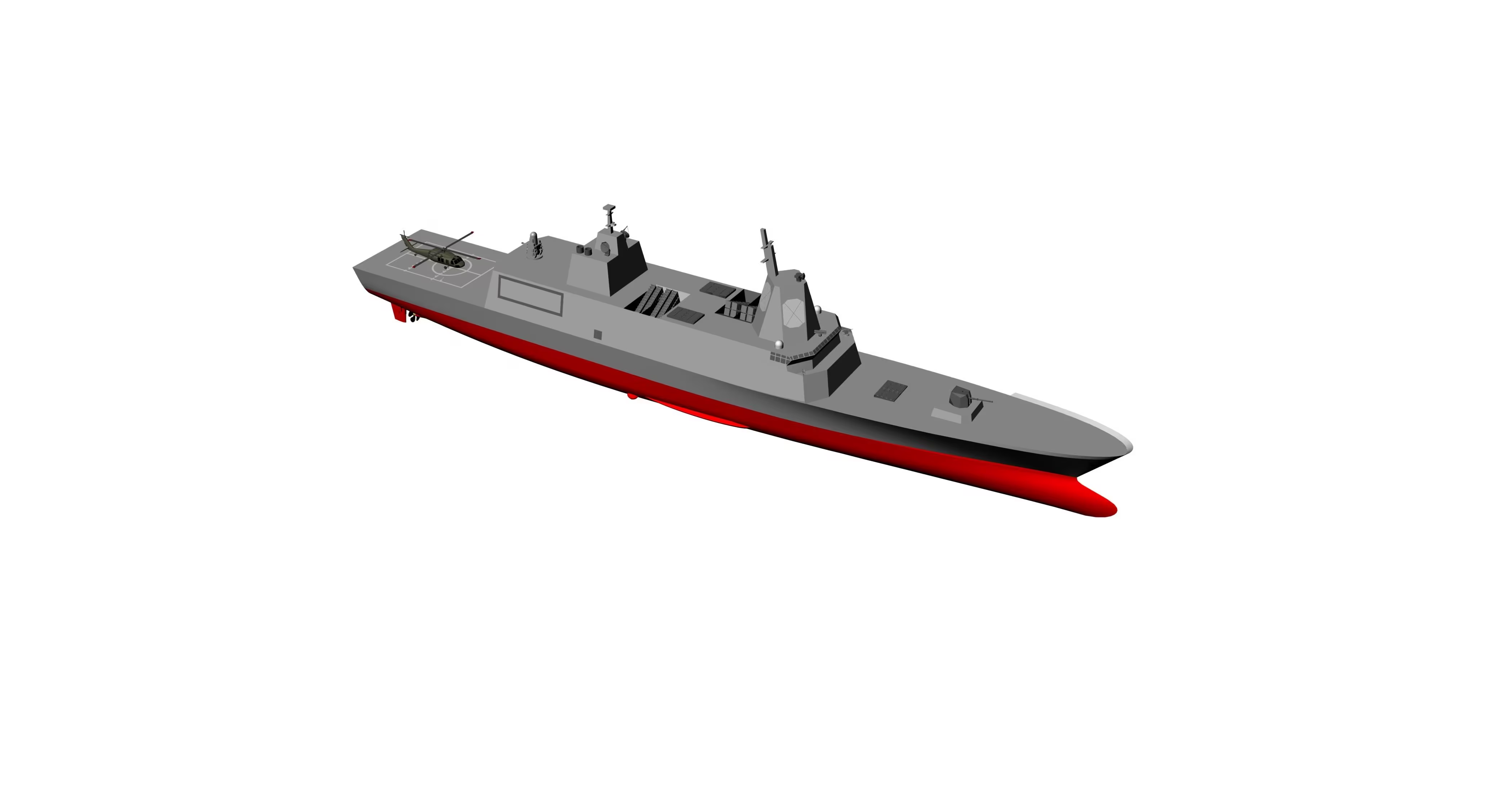TAIPEI — The Taiwanese Navy announced 12 new shipbuilding and force modernization programs covering a 23-year period at roughly $14.7 billion on Monday. This indigenous build effort is part of an overall plan to wean Taiwan off expensive and politically troublesome US defense acquisitions — which often consist of refurbished older platforms — and develop a robust defense industry on the island.
The projected timeline runs from 2017 to 2040, and programs include a Taiwan Aegis destroyer and frigate, submarine, high-speed minelayer, landing platform dock (LPD), 11 additional stealthy Tuo Jiang-class missile corvette catamarans, and multi-purpose transport (MPAP). Other programs include more AAV7s, a type of assault amphibious vehicle, for the Taiwanese Marine Corps, underwater swimmer delivery vehicles for special forces, and assorted weapons for special forces.
Despite the impressive list that includes a wide variety of vessels and systems, orchestrated by the Navy's Naval Shipbuilding Development Center, the list is considered by some Taiwan defense analysts to be a "Christmas wish list." As of now, only three of the programs have been officially authorized and funded for construction.
"The Navy has a vision, but no common sense," said Ching Chang, a research fellow of the Taipei-based Society for Strategic Studies and former Taiwanese naval officer. "It is like a child in a candy store that wants everything." Taiwan cannot afford to buy all this candy, he said — maybe two or three of the big items, nothing more.
"On Aegis, due to complexity, there are unanswered question on the percentage of imported technology versus domestic sources," Chang said. "The Navy's vision is at this time just that, a vision. Nothing more."
However, another Taiwanese defense analyst, who spoke on condition of anonymity, said that if the vision is substantially implemented it could offer enormous opportunities for international firms to supply sensors, weapon systems, critical components, advanced manufacturing technology and tooling, as well as technical assistance in design, engineering and program management services. Opportunities will be highlighted during the upcoming inaugural Kaohsiung International Maritime and Defence Expo from Aug. 25-28 in the southern port city of Kaohsiung.
![Taiwan Announces Defense Shipbuilding Expo [oembed : 86282604] [oembed : 86282604] [oembed : 86282604] [oembed : 86282604] [oembed : 86282604] [oembed : 86282604] [oembed : 86282604] [oembed : 86282604] [oembed : 86282604] [oembed : 86282604] [oembed : 86282604] [oembed : 86282604]](/Portals/_default/Skins/PrestoLegacy/CommonCss/images/smartembed.png)
According to a defense industry briefing provided by the Taiwan Shipbuilding Industry Association, at present, the three funded programs are the LPDs, additional Tuo Jiang-class corvettes and minelayers. The three programs are estimated at $1.875 billion and cover a timeline of 2017 through 2025.
The 16,000-ton LPD will replace aging dock landing ships and will transport AAV7s and landing craft utility/landing craft mechanized craft. The design indicates there is a sizable helicopter deck, but no hangar. There is also substantial command space and extensive C3I (command, control, communication and intelligence) capabilities for the amphibious task force command staff. Weapons will include the TC-2N (Tien Chien) air defense missile system, the Phalanx close-in weapon system, and a 76mm bow gun. The contract design will be completed in 2016, with requests for proposals for construction to be issued in 2017.
![Taiwan Navy Accepts New Catamaran [oembed : 86283138] [oembed : 86283138] [oembed : 86283138] [oembed : 86283138] [oembed : 86283138] [oembed : 86283138] [oembed : 86283138] [oembed : 86283138] [oembed : 86283138] [oembed : 86283138] [oembed : 86283138] [oembed : 86283138]](/Portals/_default/Skins/PrestoLegacy/CommonCss/images/smartembed.png)
The second program, 11 additional Tou Jiang-class corvette builds, will be ordered in three flights (3 + 3 + 4) with improvements added to each batch. The Flight 1 design features an enclosed mast, which is expected to house a rotating phased-array radar based on the CS/MPQ-90, box-launched TC-2N air defense missiles system with four quad-packed launchers (16 missiles), an enlarged bridge/deckhouse, and up-gunned secondary cannon armament forward of the bridge. The hull will be lengthened and widened to accommodate the increased displacement. Construction is scheduled to start in 2017 with the first batch of three ships.
The third funded program, the high-speed minelayer, is basically a fast patrol vessel with a raised afterdeck to carry and deploy mines. Contract for the design work was awarded in April, with construction of four units to begin in 2017. This will allow Taiwan a low-cost, asymmetric capability, compared to relying on high-end aircraft and missiles to encumber an amphibious invasion across the Taiwan Strait from China.

High-speed minelayer concept.
Photo Credit: Courtesy of Taiwan Shipbuilding Industry Association
The following programs are in various stages of development:
- The Indigenous Submarine Program (IDS) is still in the research stage and despite disastrous efforts going back as far as 2001 the government appears committed to building four-to-eight submarines. Critics have suggested that four would be too few and eight would be too expensive. How Taiwan will overcome technological challenges inherit in a local design and build program for a complex platform such as a submarine remains to be seen, having never built one before and having little in the way of outside assistance.

IDS concept.
Photo Credit: Courtesy of Taiwan Shipbuilding Industry Association
![Taiwan Moves Forward on Sub Upgrades [oembed : 86283382] [oembed : 86283382] [oembed : 86283382] [oembed : 86283382] [oembed : 86283382] [oembed : 86283382] [oembed : 86283382] [oembed : 86283382] [oembed : 86283382] [oembed : 86283382] [oembed : 86283382] [oembed : 86283382]](/Portals/_default/Skins/PrestoLegacy/CommonCss/images/smartembed.png)
- The 6,000-8,000-ton Taiwan Aegis destroyer, known as the New Generation Major Combatant, will eventually replace the four Kidd-class destroyers. As anti-aircraft warfare destroyers, the ships will be equipped with a phased-array radar and combat system developed by the military-run National Chung-Shan Institute of Science Technology (NCSIST). Weapon systems will include the Mk 41 Vertical Launching System (VLS) (three blocks with one forward and two amidships), 16 box launchers for anti-ship missiles, a main gun, a Phalanx close-in weapon system, and a helicopter deck and hangar.

Next-gen destroyer concept.
Photo Credit: Courtesy of Taiwan Shipbuilding Industry Association
Both the destroyer and frigate will be equipped with the Taiwan Aegis system, along with indigenous weapon systems: Tien Kung-3 (Sky Bow) long-range surface-to-air missiles, TC-2Ns, and the Hsiung Feng-2 and HF-3 (Brave Wind) anti-ship missiles.
According to a defense analyst, who spoke on condition of anonymity, "Taiwan Aegis" is a misnomer.
"[The National Chung-Shan Institute of Science Technology] has developed an open-architecture, distributed combat direction system (CDS) that will form the basis for all new naval surface and sub-surface combatants," he said.
The CDS is far more feasible now that it is not tied to the US Aegis Combat System. The new CDS is already installed on the Tuo Jiang-class corvettes. NCSIST is also in the process of integrating the CDS with other critical combat system components, particularly the indigenous phased-array radar and the Mk 41 VLS.
The 2,000-3,000-ton frigate, known as the New Generation Guided-Missile Frigate, will eventually replace all existing frigates, including the Perry, Lafayette and Knox-class frigates. The mono-hulled stealthy design will have enclosed masts. The twin-shaft, high length-to-beam ratio features active fin stabilizers to enhance stability.
The design objectives include ability to conduct combat operations in Force 7 winds, while remaining seaworthy up to Force 10. The damaged stability criterion is for 100-knot beam winds. It will include a helicopter deck.
The last big item on the Navy's wish list is the 2,500-ton multi-purpose transport. This vessel will replace the four personal transports already retired. It is designed to ferry troops to offshore islands, such as Penghu, Kinmen and Matsu, and possibly islands in the South China Sea occupied by Taiwan. It has a conventional displacement monohull design. The multi-purpose transport contract design work was awarded in May to the Ship and Ocean Industries Research and Development Center. Completion of design is expected in mid-2017 with construction to begin in 2018.
The multi-purpose transport will also be able to support special operations, mine-laying, training, medical missions, and humanitarian assistance and disaster relief missions.








